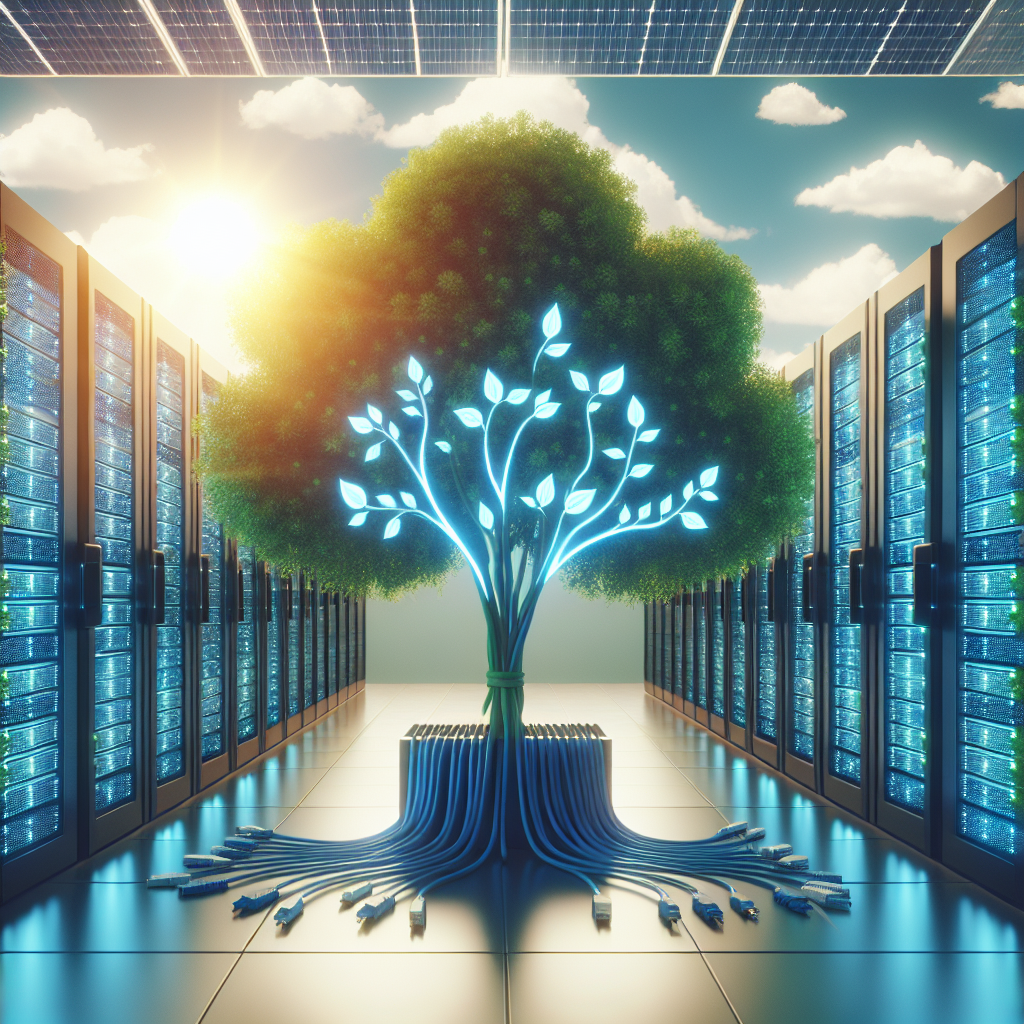Your cart is currently empty!
Ensuring Sustainability in Data Center Power Distribution Practices

Data centers are the backbone of our digital world, supporting the vast amount of data we generate and consume on a daily basis. However, with the increasing demand for data storage and processing, data centers are consuming more energy than ever before. In fact, data centers are estimated to account for around 1-2% of global electricity consumption, and this number is only expected to rise.
To ensure the sustainability of data centers, it is crucial to optimize power distribution practices. By implementing energy-efficient solutions and practices, data centers can reduce their environmental impact and lower their operating costs. Here are some ways to ensure sustainability in data center power distribution practices:
1. Implementing Energy-Efficient Power Distribution Units (PDUs): Power Distribution Units (PDUs) are essential components of data center infrastructure that distribute power from the main source to individual servers and equipment. By investing in energy-efficient PDUs, data centers can reduce power losses and improve energy efficiency. Look for PDUs with features like power monitoring, load balancing, and remote management capabilities to optimize energy usage.
2. Utilizing Renewable Energy Sources: One of the most effective ways to reduce the carbon footprint of data centers is to switch to renewable energy sources. Solar, wind, and hydroelectric power are all viable options for powering data centers sustainably. By investing in renewable energy, data centers can not only reduce their environmental impact but also ensure a stable and reliable power supply.
3. Implementing Power Management Software: Power management software can help data centers monitor and control energy usage more effectively. By analyzing power consumption data and identifying inefficiencies, data centers can optimize their power distribution practices and reduce energy waste. Power management software can also help data centers implement load shedding and peak shaving strategies to further improve energy efficiency.
4. Implementing Hot and Cold Aisle Containment: Hot and cold aisle containment is a design strategy that separates hot and cold air streams in data center environments. By containing hot air exhaust from servers and directing it back to cooling units, data centers can reduce cooling costs and improve energy efficiency. Hot and cold aisle containment can also help data centers maintain optimal operating temperatures and reduce the risk of equipment failure.
5. Regular Maintenance and Monitoring: Regular maintenance and monitoring of power distribution systems are essential to ensure their efficiency and reliability. Data centers should conduct routine inspections, testing, and maintenance of electrical infrastructure to identify and address any issues that could lead to energy waste or downtime. Monitoring power consumption in real-time can also help data centers identify trends and optimize energy usage.
In conclusion, ensuring sustainability in data center power distribution practices is crucial for reducing energy consumption, lowering operating costs, and minimizing environmental impact. By implementing energy-efficient solutions, utilizing renewable energy sources, implementing power management software, and conducting regular maintenance and monitoring, data centers can optimize their power distribution practices and contribute to a more sustainable future.

Leave a Reply